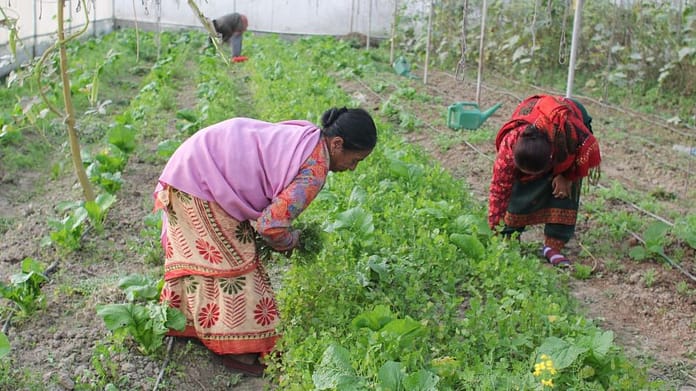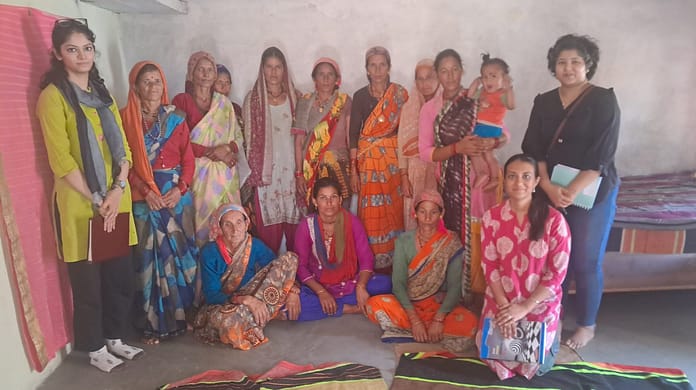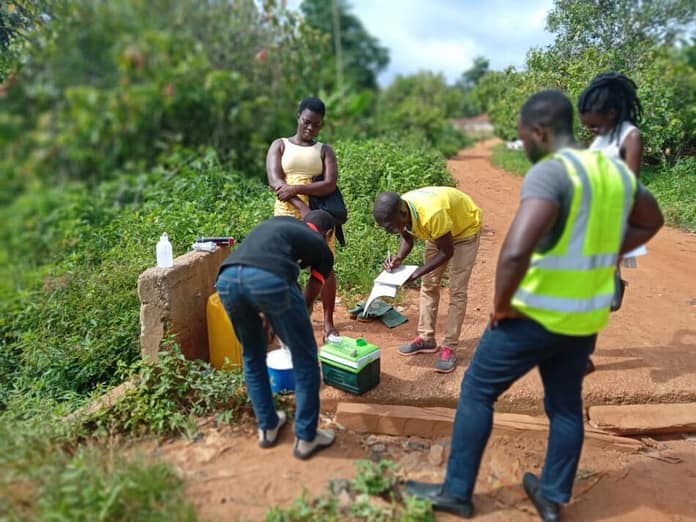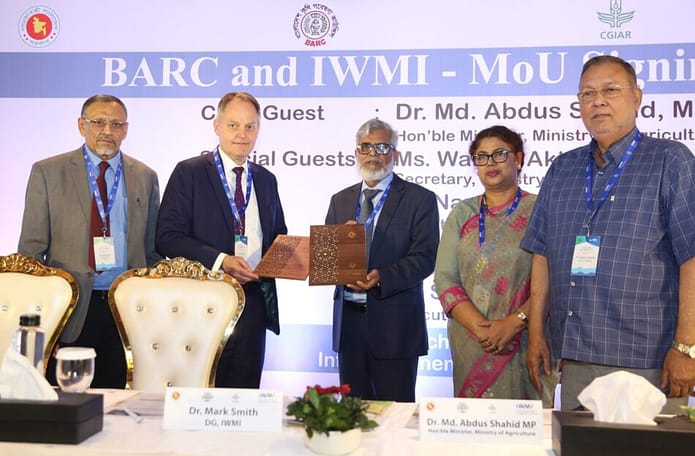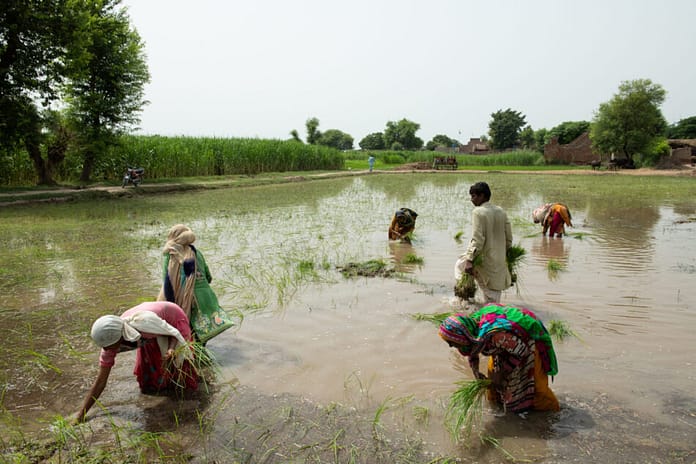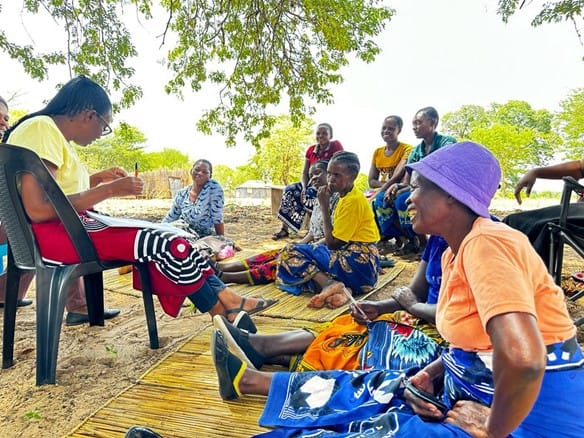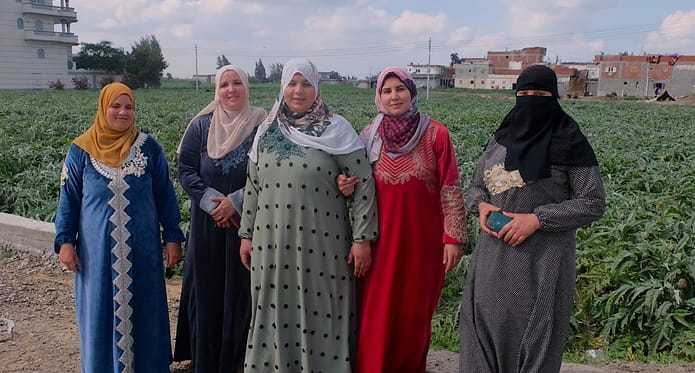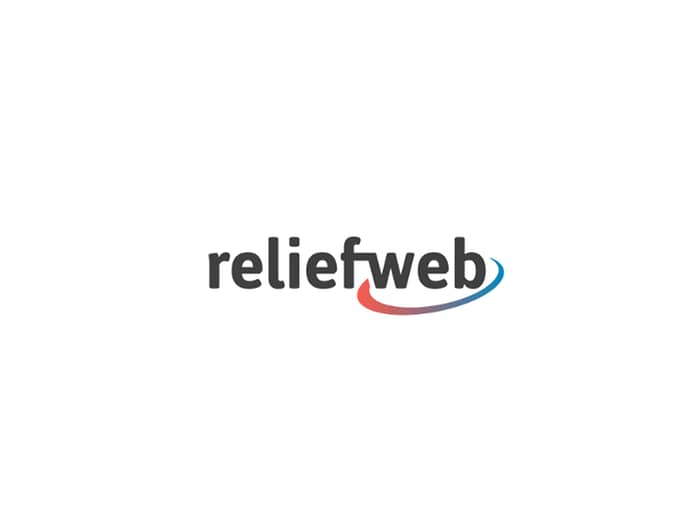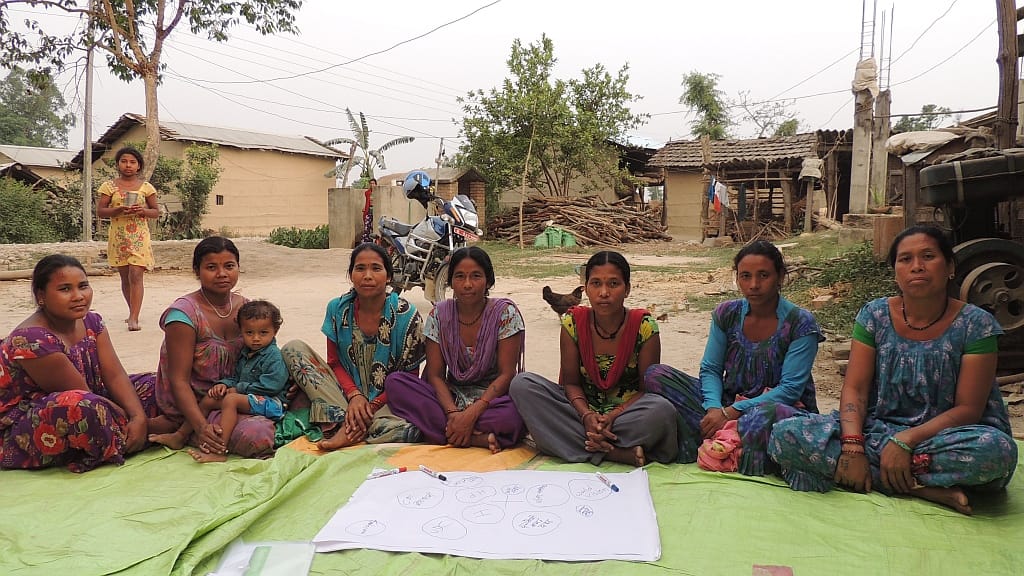
Maya, aged 32, found herself socially ostracized in the village of Punetola in western Nepal, because a close relative had married someone from a disadvantaged caste (Dalit). Now, Maya is excluded from informal networks, such as the women’s saving and credit assocation, causing her not only to suffer financially but also to loose valuable “social capital,” which is vital for accessing information about water projects, training and opportunities as well as group assistance in farming. Her predicament – brought to light in a study conducted by the International Water Management Institute (IWMI), with support from the United States Agency for International Development (USAID) – offers a sobering lesson that is pertinent to the “think equal, build smart, innovate for change” theme of International Women’s Day 2019: The benefits of improved water services and infrastructure for women and girls depend not just on technology and resources but on the surrounding web of changing social relations.
In Nepal, as in other South Asian countries, water resource development is often considered to be a primarily technological challenge, requiring engineered solutions. Many years of advocacy for gender equality in water management – drawing attention to the need for local institutional change – has shifted this outlook. Today, women’s participation in water user associations (WUA) is encouraged and considered to be a key enabler of gender equality, more equal participation in water governance, and more equal sharing of water infrastructure and services. Nonetheless, these well-intentioned efforts tend to overlook complex social dynamics in rural areas, which influence the effectiveness of women’s participation. If initiatives are to succeed in promoting gender equality, they must consider the wider social and political contexts that make up a community and society.
Water is at the core of the United Nations 2030 Agenda for Sustainable Development, so to say that its ultimate success will depend on gender-inclusive water solutions is not an exaggeration. This is a key message of research conducted by Gitta Shrestha, a senior research officer at IWMI, with former IWMI colleague Floriane Clement, who have presented the results at a major conference in Nepal (see their paper in the conference proceedings) and are following up with a journal article. Carried out in villages of Nepal’s Doti and Kailali Districts (in the hills and plains, respectively), the research formed part of USAID’s Digo Jal Bikas project.
The solutions that the IWMI study proposes center on rural people’s capabilities and social capital, which depend, in turn, on their access to information, knowledge and opportunities. While men obtain these through a variety of formal and informal interactions, women are limited to mostly informal activities, which they create and lead, with a primary focus on women’s issues (such as health and nutrition). Men, in contrast, dominate discussions and management of key resources, like water, thus putting women at a disadvantage.
People’s capabilities and social capital are also shaped by unequal class, caste and partilineal or male-centric networks. Women’s links with formal and informal networks depend on their relations with men in the family. Therefore, women from poor and marginalized households, with limited kinship and social ties, have fewer opportunities for empowement. Male out-migration further complicates the situation, making women dependent on male relatives for work that is socially defined as masculine (such as transporting and operating water pumps). These women’s access to information remains restricted as well, since out-migration leaves male “gatekeepers” largely in control of major decisions in the village.
How much social capital a person can mobilize depends on household relations. For example, women from migrant households who live with their in-laws are less likely to exercise agency or control, owing to their subordination to senior females. According to the IWMI study, when women form social capital mainly through patrilineal links, this weakens their ability to participate effectively in local water resource governance and limits their access to water, negatively impacting their well-being and reinforcing gender and social inequality within the community. Often, women are further disadvantaged by rigid social hierarchies, in which water access is defined by a wide array of factors, such as land ownership, land size, location and quality, labor availability; and water infrastructure.
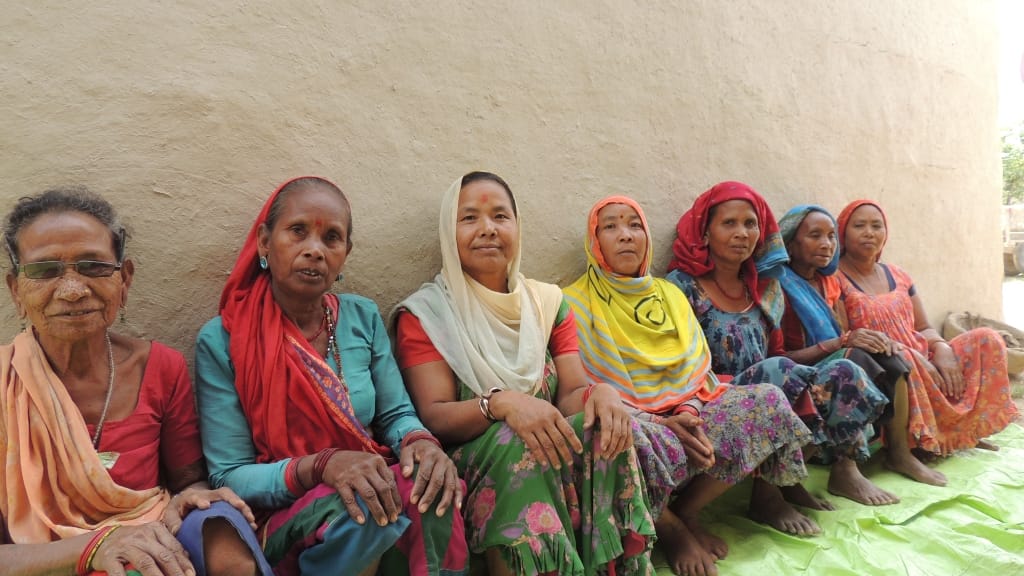
To make water management more just and effective, the IWMI study calls for investment in the social capital and capabilities of women and marginalized people generally, with particular emphasis on women’s linkages and networks, so they can gain influence over local water governance. To this end, the study offers several recommendations:
- Create more opportunities for women water professionals to play technical and non-technical roles in water organizations and projects; rural women will feel more comfortable about creating social relations with female professionals, enabling them to extend their networks beyond the community.
- Introduce incentives for organizations and projects to monitor the effects of household and community social relations on water access (along gender, class, caste, and age lines), to take action aimed at diminishing the influence of these factors, and to address household gender relations through group methods (e.g., creating safe spaces to discuss local gender and social norms). Without such support, a young married woman, especially with a migrant husband and young children, will find it difficult to take part in decision-making, even if she is literate and entirely capable of contributing to local water governance.
- Design policies and activities that enhance collective action in rural communities, based on increased trust and social well-being.
For more information, contact Gitta Shrestha at iwmi-nepal@cgiar.org.
The study reported here was made possible by the generous support of the American people through the United States Agency for International Development (USAID). The content is the responsibility of IWMI and does not necessarily reflect the views of USAID or the United States Government.


